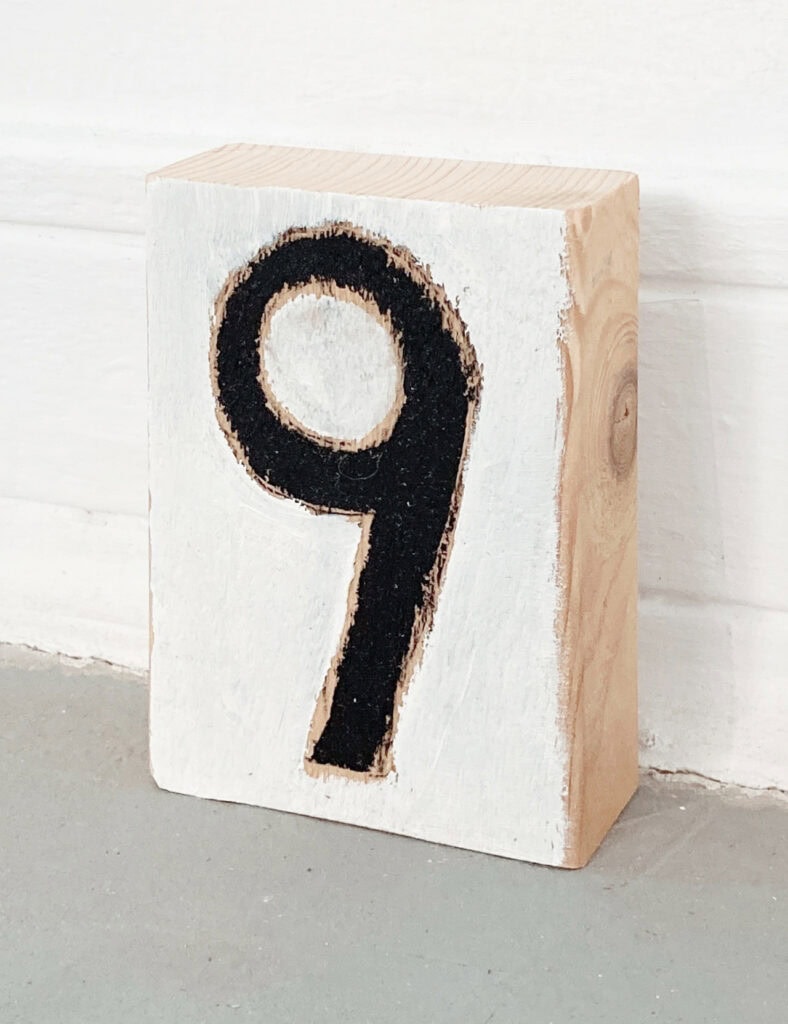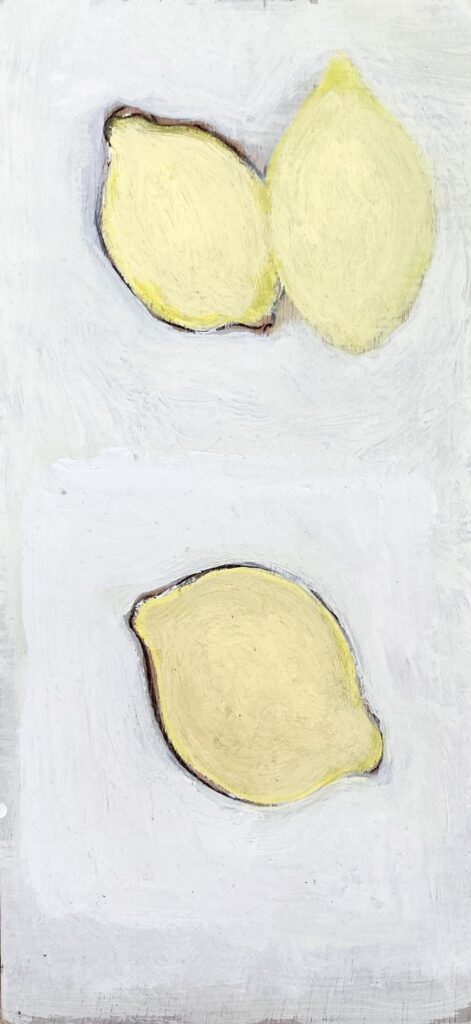2025 Ping-En Kuo Solo Exhibition : John’s Lemon
By: Ho-Ya Huang
In the foreword of *The Theory of Clouds*, I once came across this phrase: “Painting is like a canvas woven in hell, a fleeting and somewhat insignificant thing. If we were to strip away the thin layer of oil on the canvas, no one would care for it anymore.” This line, from Jacob’s *Letter to Benedetto Varchi*, came to mind as I viewed Bing-En Kuo’s works. I believe his art seeks to “strip away the thin layer of oil on the canvas,” preserving the essence of memory in a way that captivates the viewer.
Hence, I aim to approach this essay in the manner of “stripping away the thin layer of oil” to uncover “John within the lemon.” The first question that arises is, “Which layer of oil should be removed?” In works such as *Sexy Beetle Sexy Car*, *Morning But 1:14pm*, *Digging*, and *Beyek 4*, traces of what appear to be melted oil marks can be seen. These marks, present in nearly every piece, could be regarded as a distinctive symbol of Kuo’s style. I interpret this symbol as a “veil.” This “veil” lightly drapes over the artwork, with a texture akin to a summer petal floating on a river’s surface, leaving a trace of coolness when brushed by fingertips. Lifting the veil gently, like unfolding cicada wings, reveals impressions etched in the mind.
In particular, *Sexy Beetle Sexy Car* and *Morning But 1:14pm* showcase vibrant clusters of flowers at the bottom of the canvas. These evoke an idyllic paradise hidden beneath the veil, blending reality and Kuo’s impressions. This may explain why he employs “melted oil marks” as an interface between the two realms.
After removing the “veil” layer, the element of “archaeology” emerges as noteworthy. Let us consider *Digging* and *Archeology* together: the former emphasizes a dynamic process, while the latter references the academic discipline. In *Digging*, a human skull hovers above, tenuously connected to objects below by faint threads. This reminds me of the oracle bone script for “俘” (captive), which depicts a hand holding a child, symbolizing prisoners during wartime. Similarly, Kuo’s composition separates the upper and lower spaces, suggesting that the act of archaeological excavation metaphorically involves lifting human skulls and imprisoning their souls. The stark black hue of the skulls, contrasting with their natural white, compels viewers to reconsider their perceptions.
A similar “defiance of norms” (a concept borrowed from Qian Zhongshu’s *Limited Views*) appears in *Archeology*. As an academic field, archaeology prioritizes accuracy and truth. Yet, in Kuo’s brushwork, archaeological illustration resembles “mapping memory,” simplifying butterfly forms while omitting intricate details. The human skulls aligned below the canvas appear drawn with mere intuition. Both *Digging* and *Archeology* reflect Kuo’s observations of “the ordinary,” presenting results that challenge conventional perspectives.
Finally, after stripping away these layers, we arrive at the ethereal *Garden* series. Allow me to clarify: the metaphorical “stripping away” mentioned throughout this essay does not refer to Kuo’s actual creative process but rather my personal mode of viewing. The *Garden* series resembles an unadorned beauty beneath the veil, devoid of elaborate adornments or embroidered fabrics. The simplicity of the canvases, with their translucent whites and serene postures, invites viewers to lose themselves in the garden’s allure. This series, in my view, is the most compelling, embodying the purest form of Kuo’s impressions.
Notably, *Garden 2*, *Garden 5*, and *Garden 9* include recurring motifs of “shoes.” In traditional Chinese architecture, gardens are often located at the farthest end of a courtyard. If the “garden” symbolizes the final layer of Kuo’s impressions, then these “shoes” may represent the fleeting footsteps of visitors, each leaving an imprint in the depths of memory. Light as they seem, these imprints weigh heavily on the observer’s recollection.
As layer upon layer of oil is stripped away, what remains is not bold strokes of color but the impressions Kuo strives to preserve—fine granules of memory sifted through and left to settle on the canvas. These fragments exist fervently and poignantly. Finally, I propose the title “John within the Lemon” as an intertextual response to Kuo’s work. Like a petal-veiled “veil” dissolving under summer heat, revealing the disarray of the “ordinary,” and once again delicately “calling” to the viewer, this captures the essence of memory that *John’s Lemon* seeks to unveil.
Exhibition Title: 2025 Ping En Kuo Solo Exhibition – John’s Lemon
Exhibition Period: January 11, 2025 – February 22, 2025
Opening Reception & Artist Talk: January 11, 2025, 3:00 PM
Discussant: Shen Yu-Chang

郭秉恩 Pingen Kuo_鋼琴踏墊 Lucy in the Sky with Diamond_壓克力與木板_Acrylic on wood board_18x6cm_2024

郭秉恩 Pingen Kuo_編號C3的箱子 The no.3 Box_壓克力、木板_Acrylic on wood board_36x40cm_2024
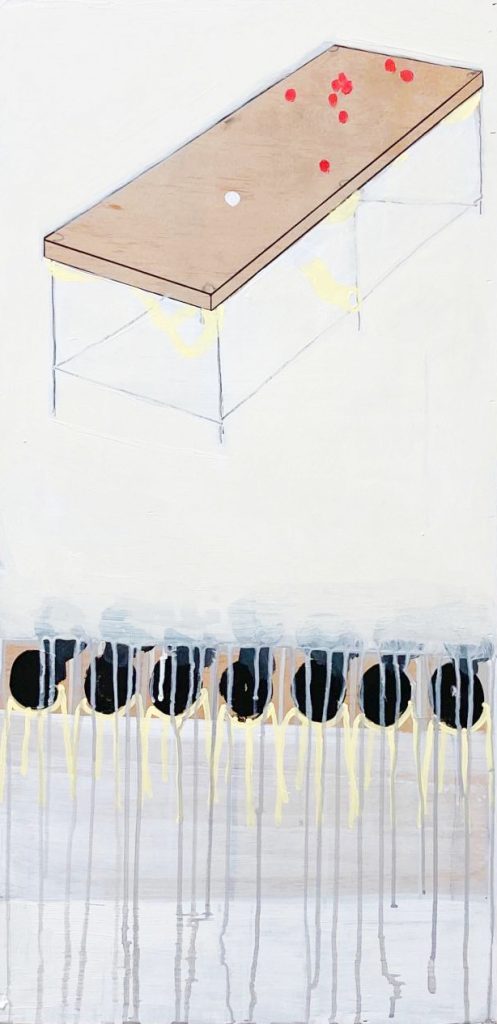
郭秉恩 Pingen Kuo_撞球桌與球 Pool Table and Ball_壓克力、畫板_Acrylic on wood panel_45x90cm_2024

郭秉恩 Pingen Kuo_綠色防塵套 Spring Green_壓克力、木板_Acrylic on wood board_65x120cm_2024

郭秉恩 Pingen Kuo_遊戲地圖 Game Map_壓克力、畫布_Acrylic on canvas_90x107cm_2024
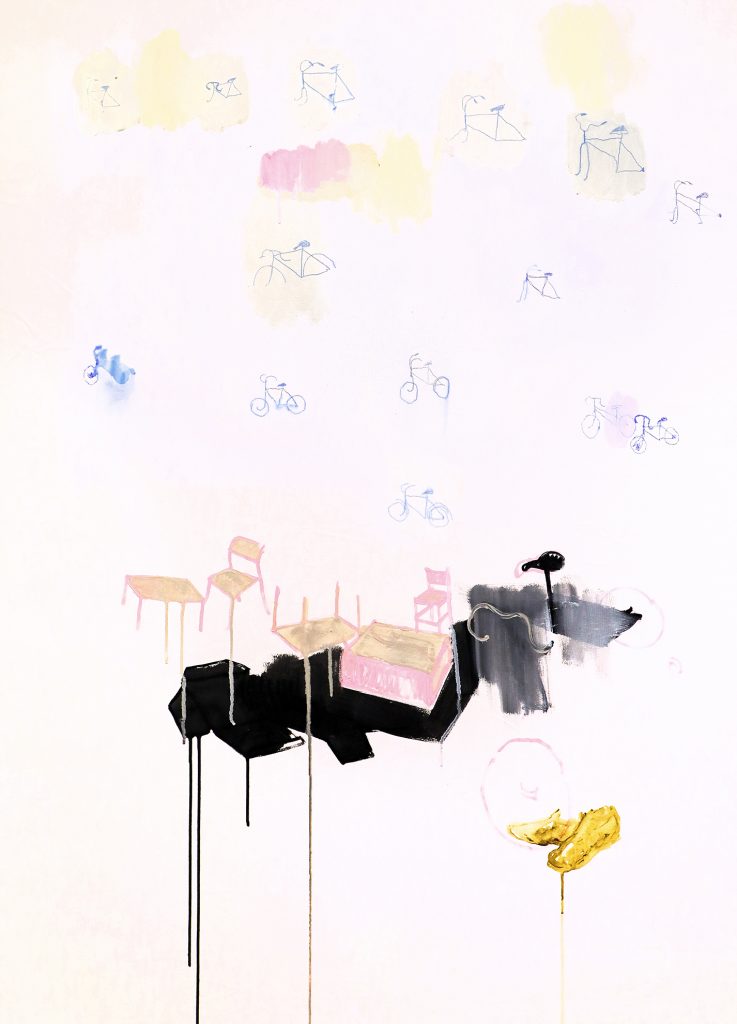
郭秉恩 Pingen Kuo_腳踏車4 Beyek 4_壓克力、畫布_Acrylic on canvas_123x90cm_2024

郭秉恩 Pingen Kuo_睡覺的意外 Sleep Missing_壓克力、木板_Acrylic on wood board_45x90cm_2024
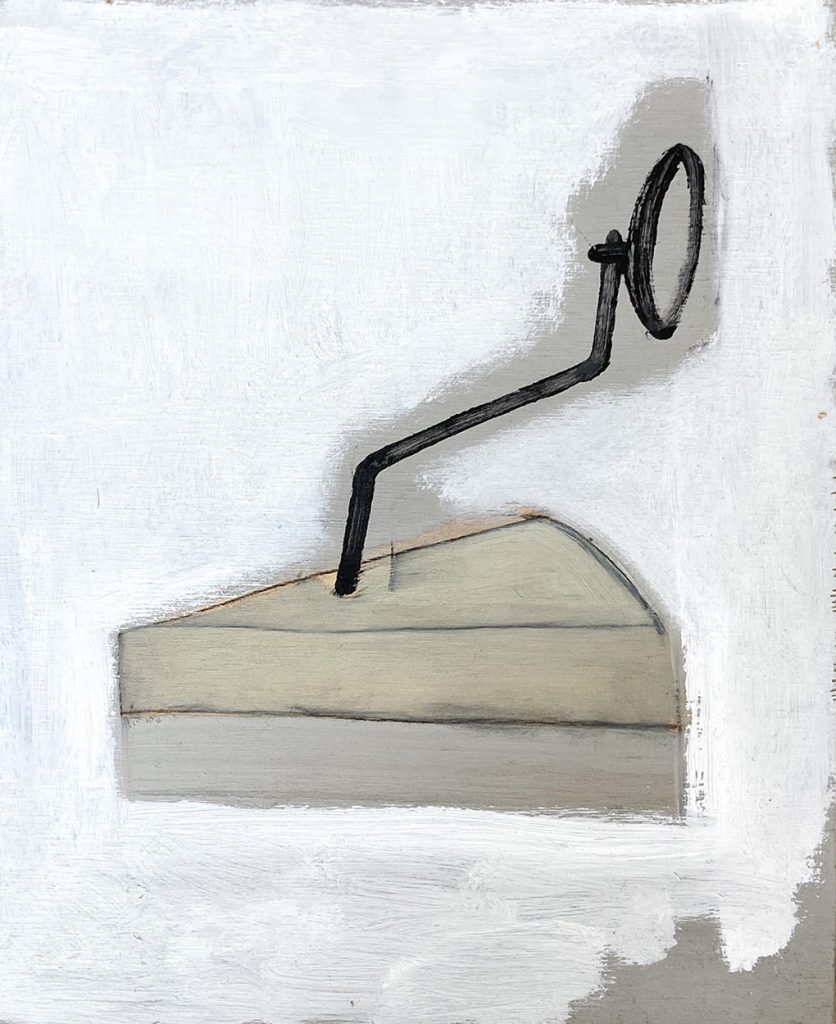
郭秉恩 Pingen Kuo_照後鏡與起司 Look Back and Cheese_壓克力、木板_Acrylic on wood board_28x33cm_2024

郭秉恩 Pingen Kuo_馬可 Marco_壓克力、畫布_Acrylic on canvas_53x65cm_2025
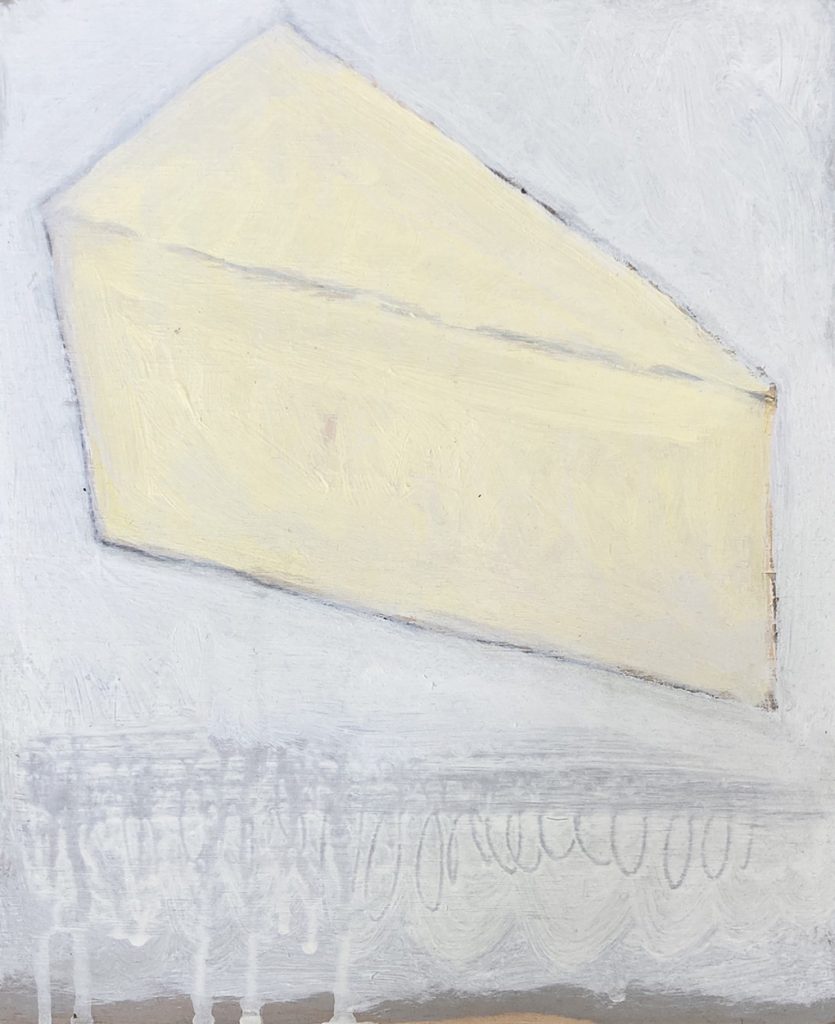
郭秉恩 Pingen Kuo_起司 Cheese_壓克力、木板_Acrylic on wood board_27x33cm_2024
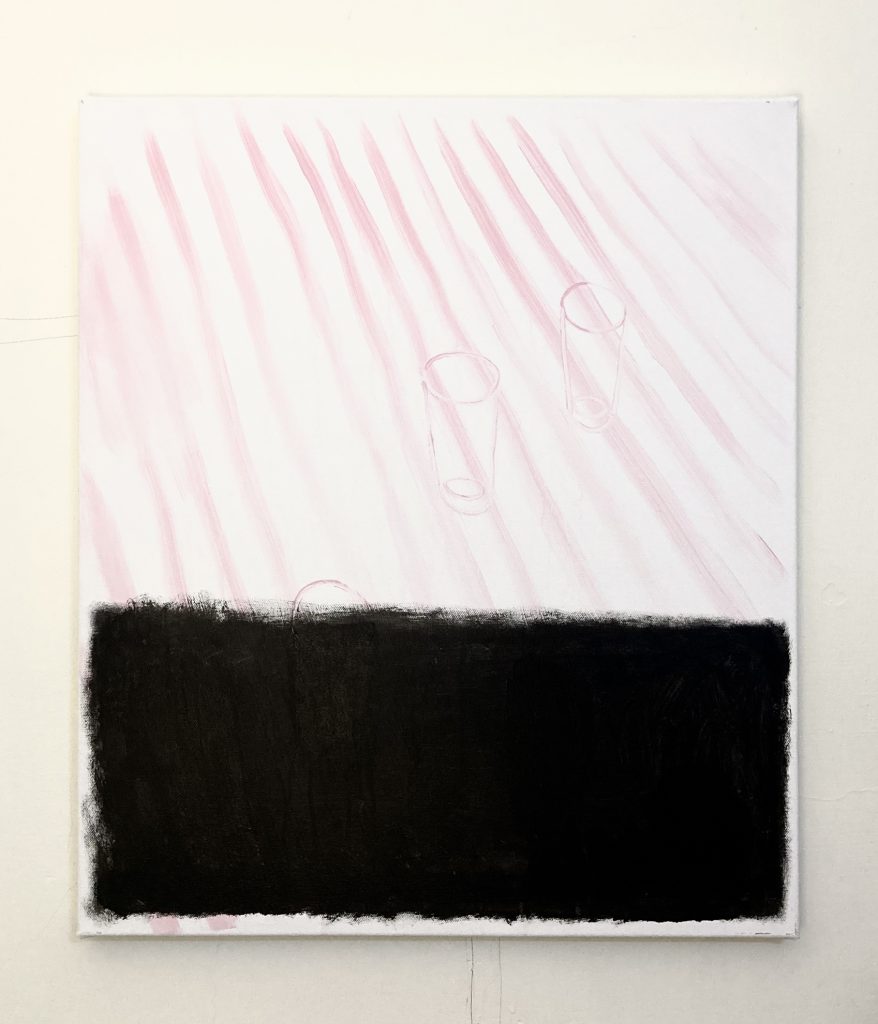
郭秉恩 Pingen Kuo_玻璃杯四號 G4_壓克力、畫布_Acrylic on canvas_45.5x53cm_2025
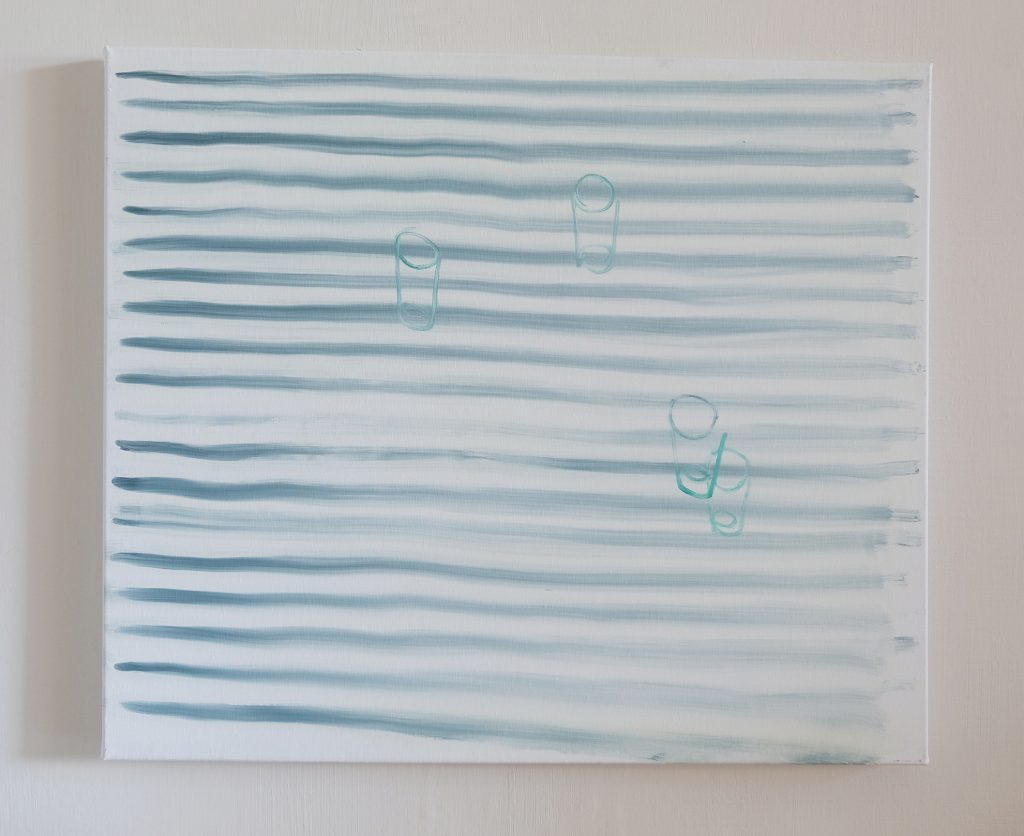
郭秉恩 Pingen Kuo_玻璃杯三號 G3_壓克力、畫布_Acrylic on canvas_45.5x53cm_2025

郭秉恩 Pingen Kuo_保齡球 Balling Bowling_壓克力彩、書寫工具、畫布_Acrylic Paint, Writing Tools,Canvas_60x73cm_2023
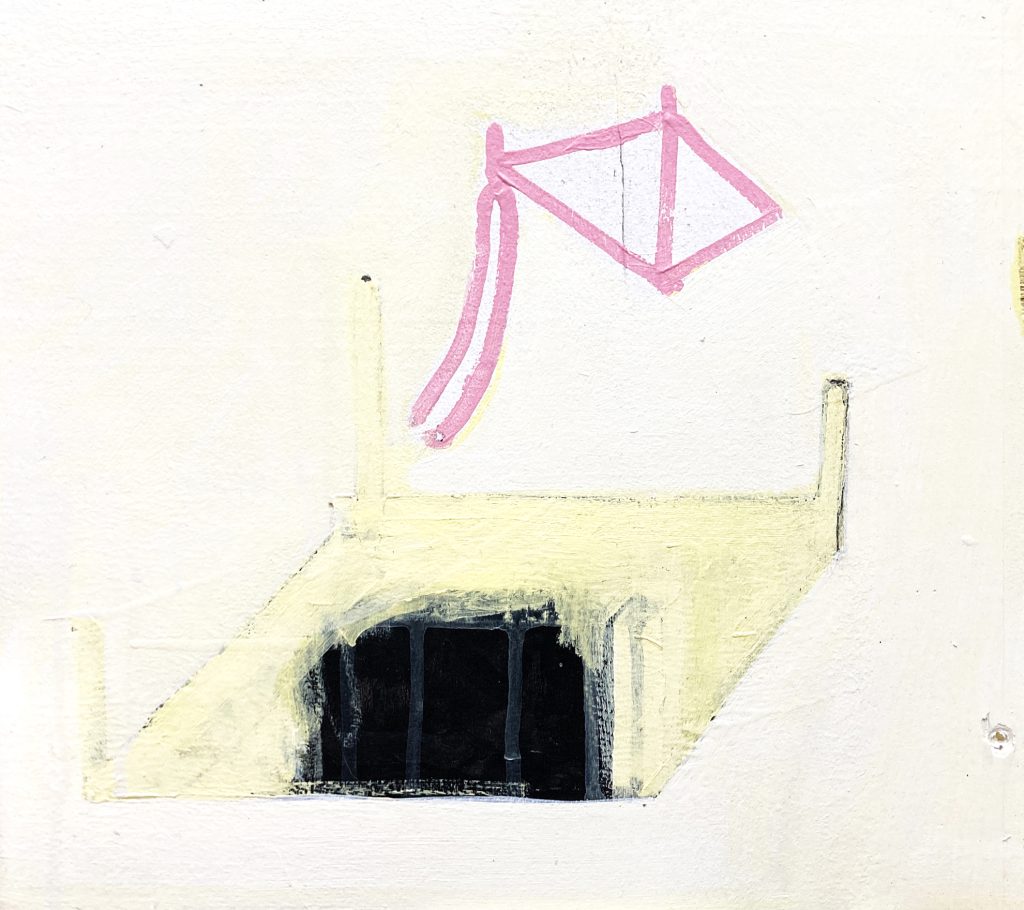
郭秉恩 Pingen Kuo_兩個框架 2Frames_壓克力、木板_Acrylic on wood board_33x37cm_2024
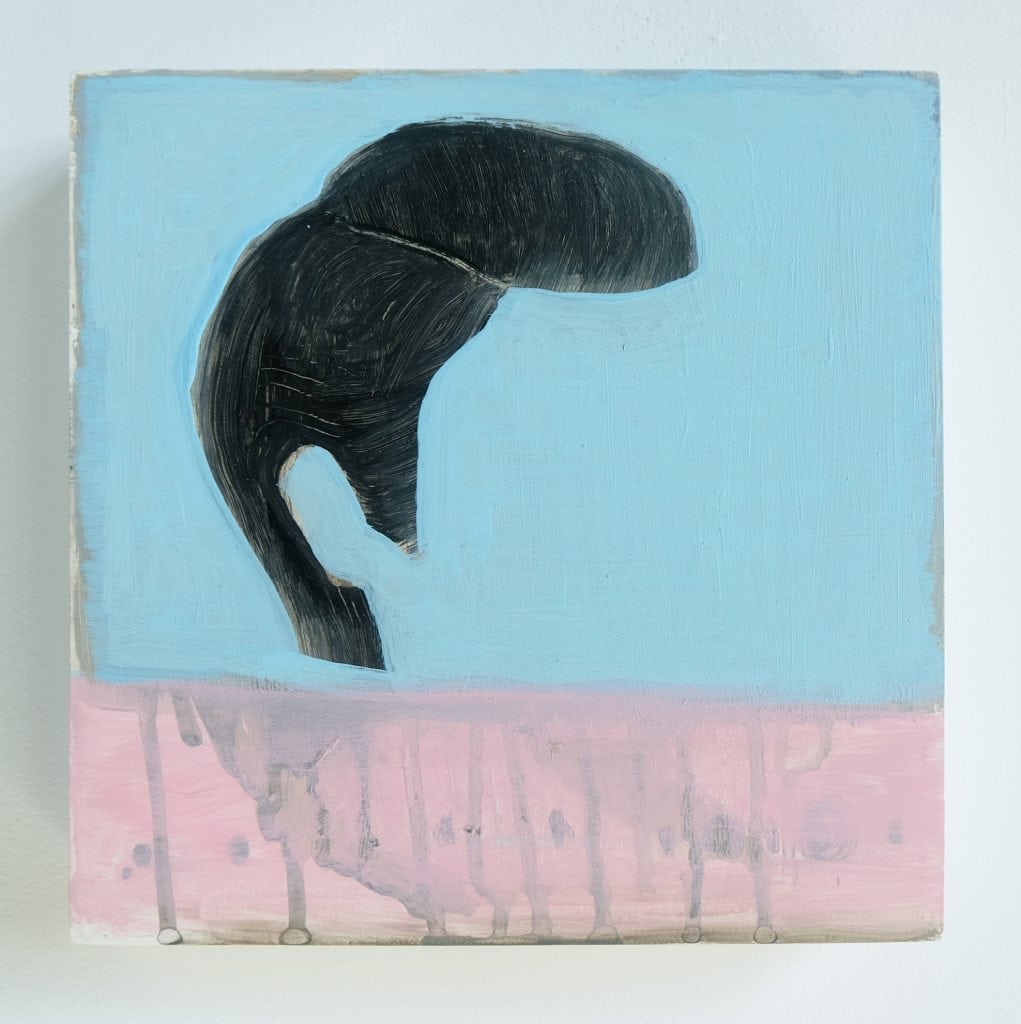
郭秉恩 Pingen Kuo_沈先生 Dr. Shen_壓克力、畫板_Acrylic on wood panel_20.5×20.5cm_2024
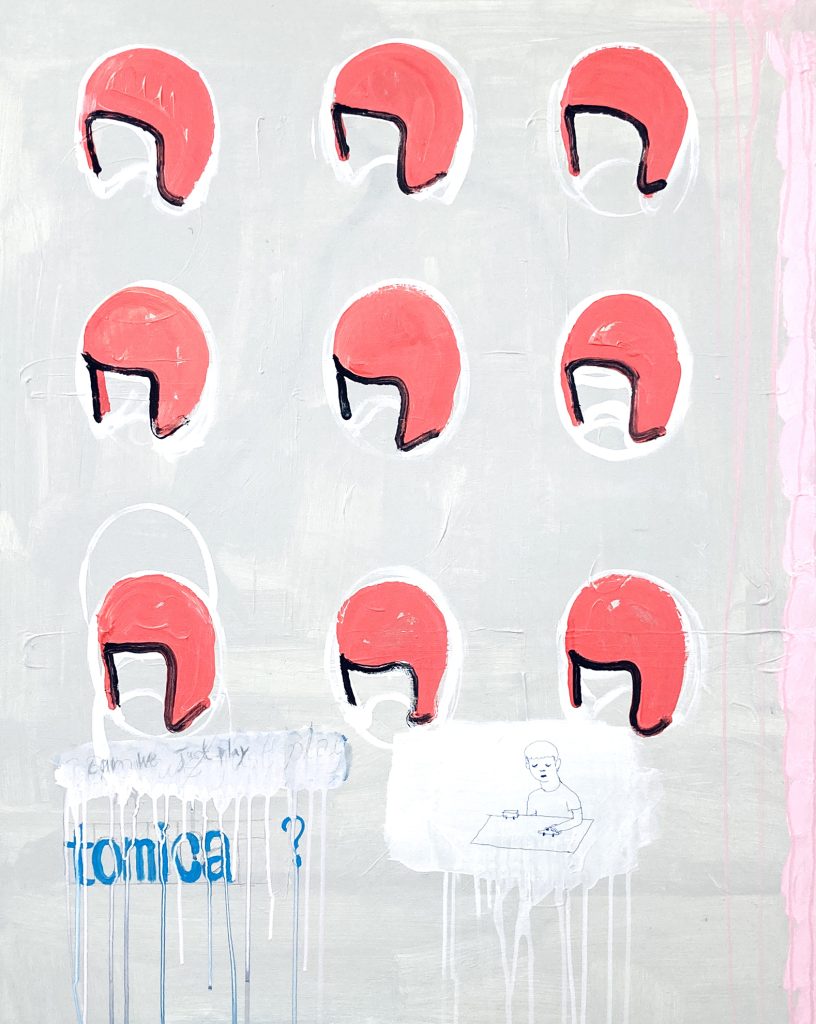
郭秉恩 Pingen Kuo_我可以玩車車嗎 Can I Just Play Tomica_壓克力、木板_Acrylic on wood board_80x100cm_2024
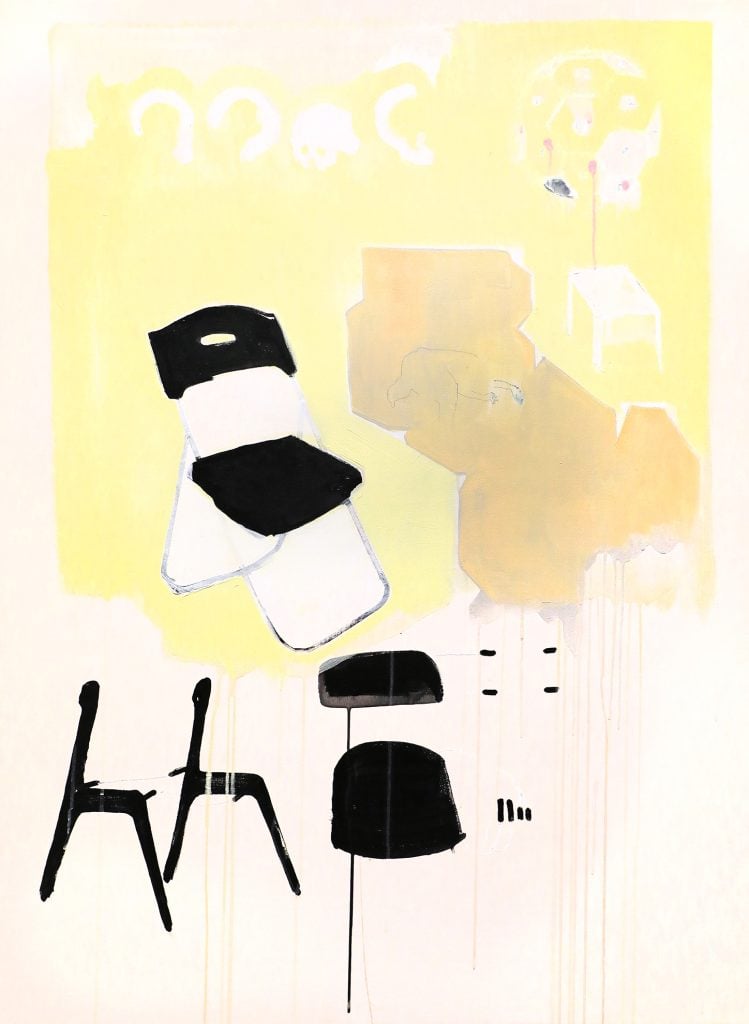
郭秉恩 Pingen Kuo_包浩斯 Bauhaus_壓克力、畫布_Acrylic on canvas_140x85cm_2024
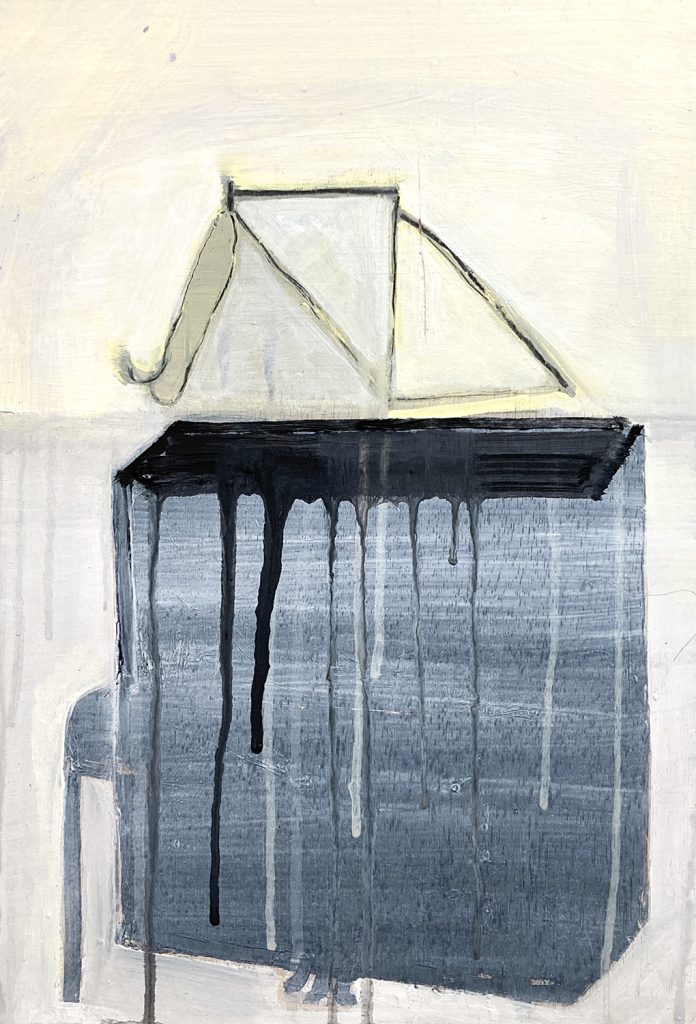
郭秉恩 Pingen Kuo_十一月 Remember November_壓克力、木板_Acrylic on wood board_30x44cm_2024
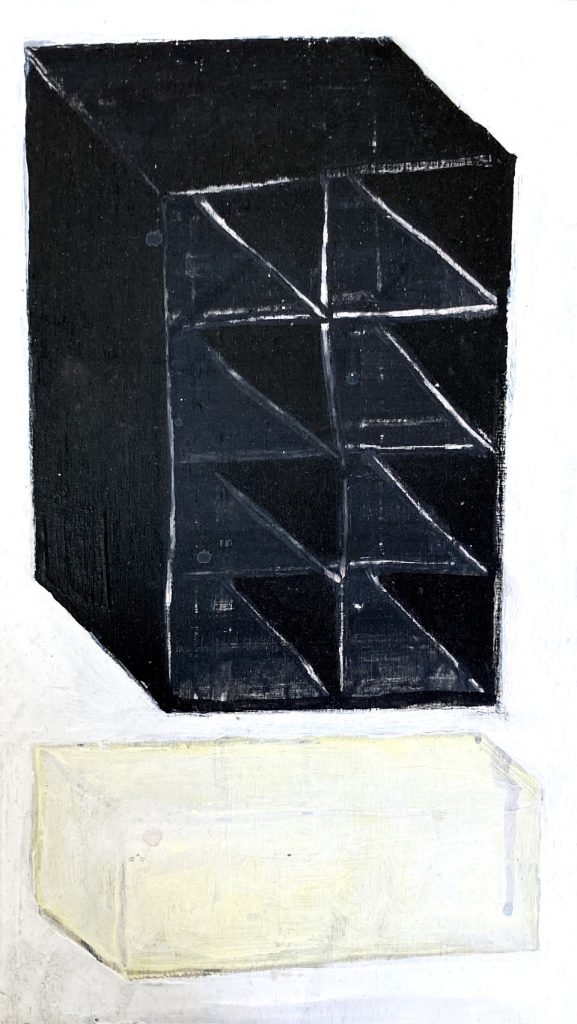
郭秉恩 Pingen Kuo_二乘四 Black 2x4_壓克力、木板_Acrylic on wood board_22x38cm_2024

郭秉恩 Pingen Kuo_二乘三 White 2x3_壓克力、木板_Acrylic on wood board_18x23cm_2024

郭秉恩 Pingen Kuo_一天五顆蛋 5 Eggs a Day_壓克力、畫布_Acrylic on canvas_86x127cm_2024
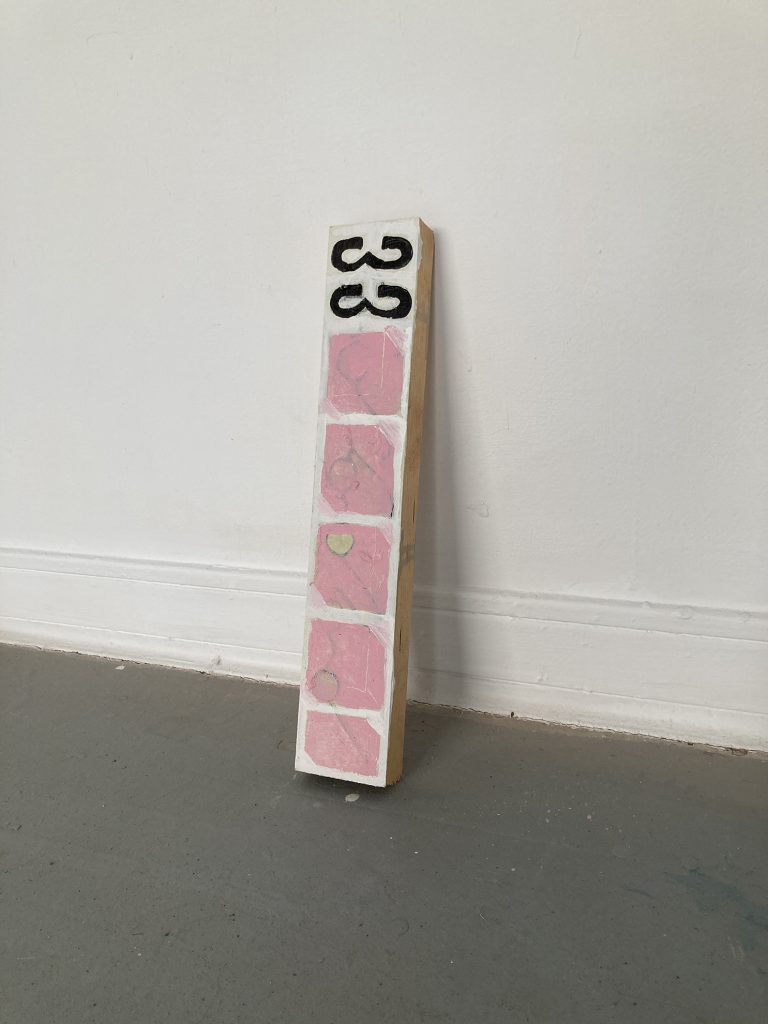
郭秉恩 Pingen Kuo_33_壓克力與木頭_Acrylic on wood_50x9x4cm_2024

郭秉恩 Pingen Kuo_雞蛋 Egg_壓克力、木板_Acrylic on wood board_22x52cm_2024

郭秉恩 Pingen Kuo_檸檬和玻璃杯 Glass and Lemmon_壓克力、畫布_Acrylic on canvas_53x65cm_2025
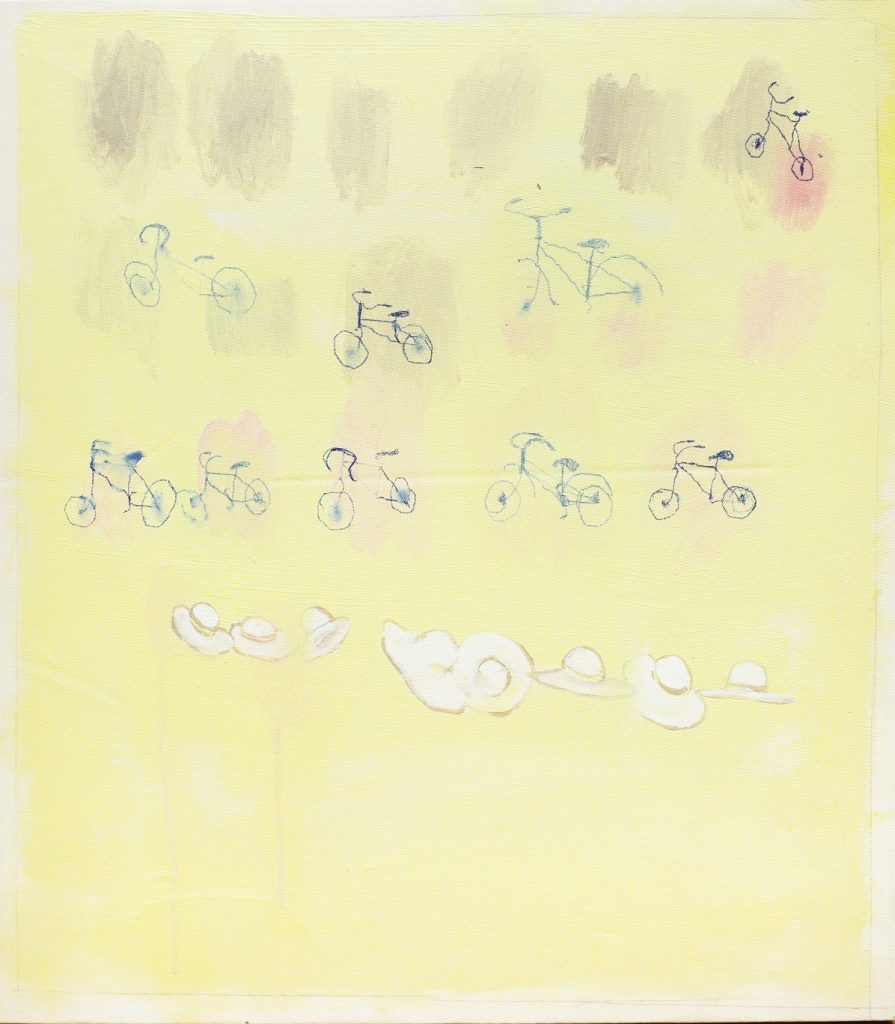
郭秉恩 Pingen Kuo_HAT_壓克力、畫布_Acrylic on canvas_47.5X53.3cm_2024
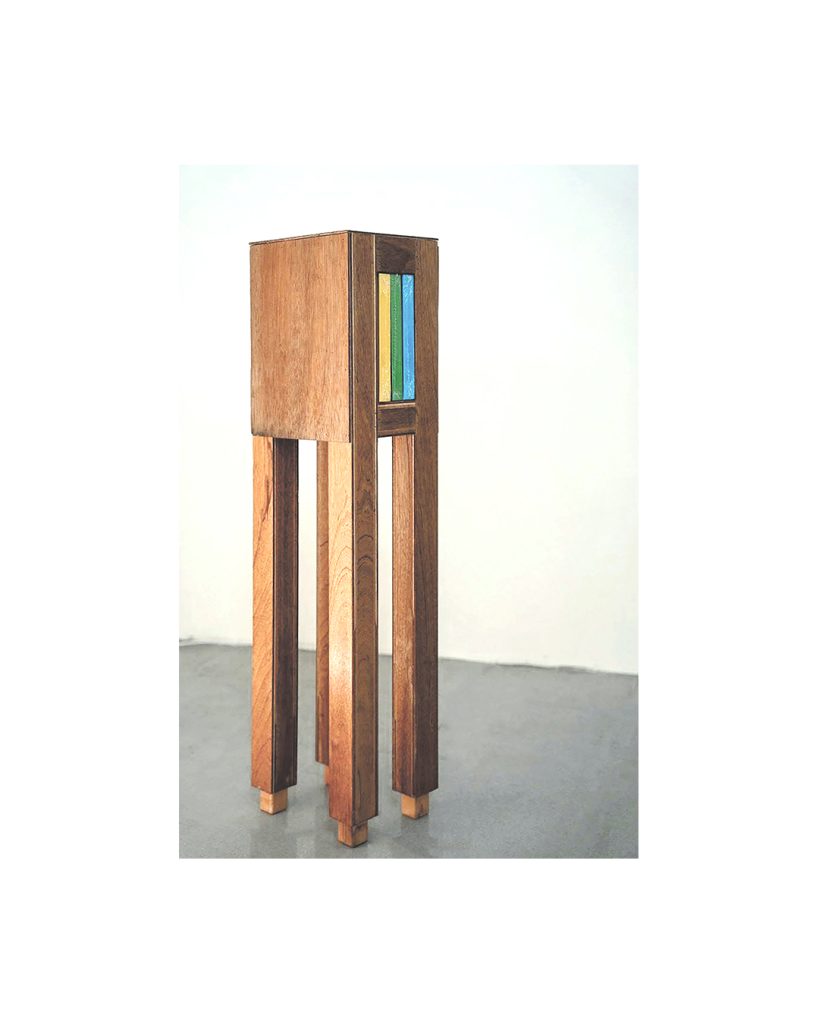
郭秉恩 Pingen Kuo_滿的書櫃 Full of Fingers_木材、紙與書寫工具 Wood, Paper, and Writing Tools_27x22x106cm_2022
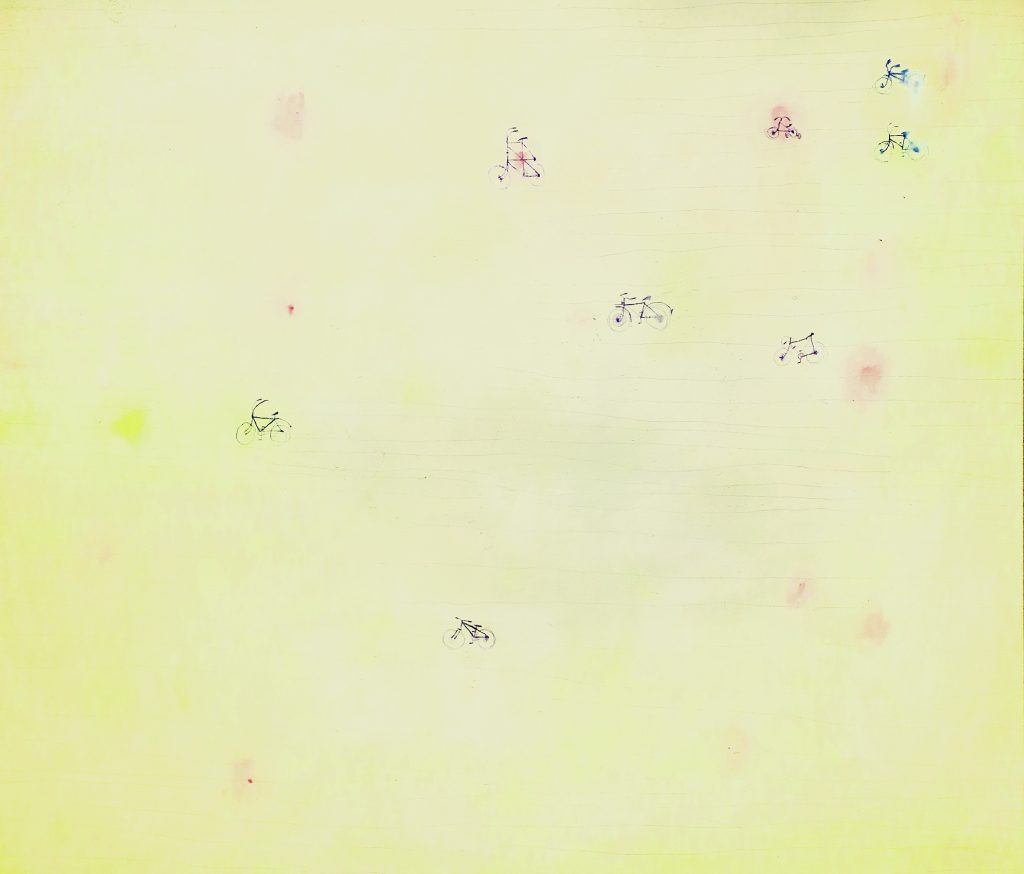
郭秉恩 Pingen Kuo_腳踏車 3 Beyek 3_畫布、壓克力、原子筆 acrylic on canvas, Ballpoint Pen_135x155cm_2025
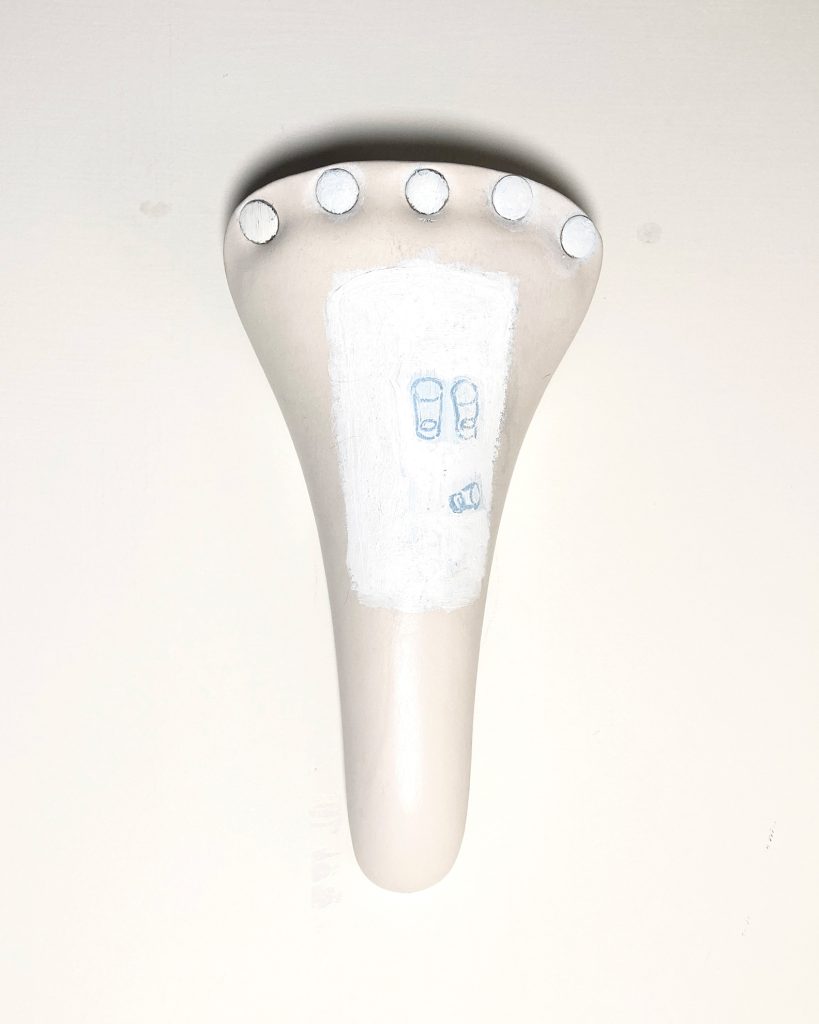
郭秉恩 Pingen Kuo_意外的感覺 G s_現成物、壓克力、原子筆 Found Objects, Acrylic Paint and Ballpoint Pen_25x14x9cm_2025

郭秉恩 Pingen Kuo_高登壓克力測試 Golden Acrylic Test_木板、壓克力 acrylic on wood board_16x10cm_2025
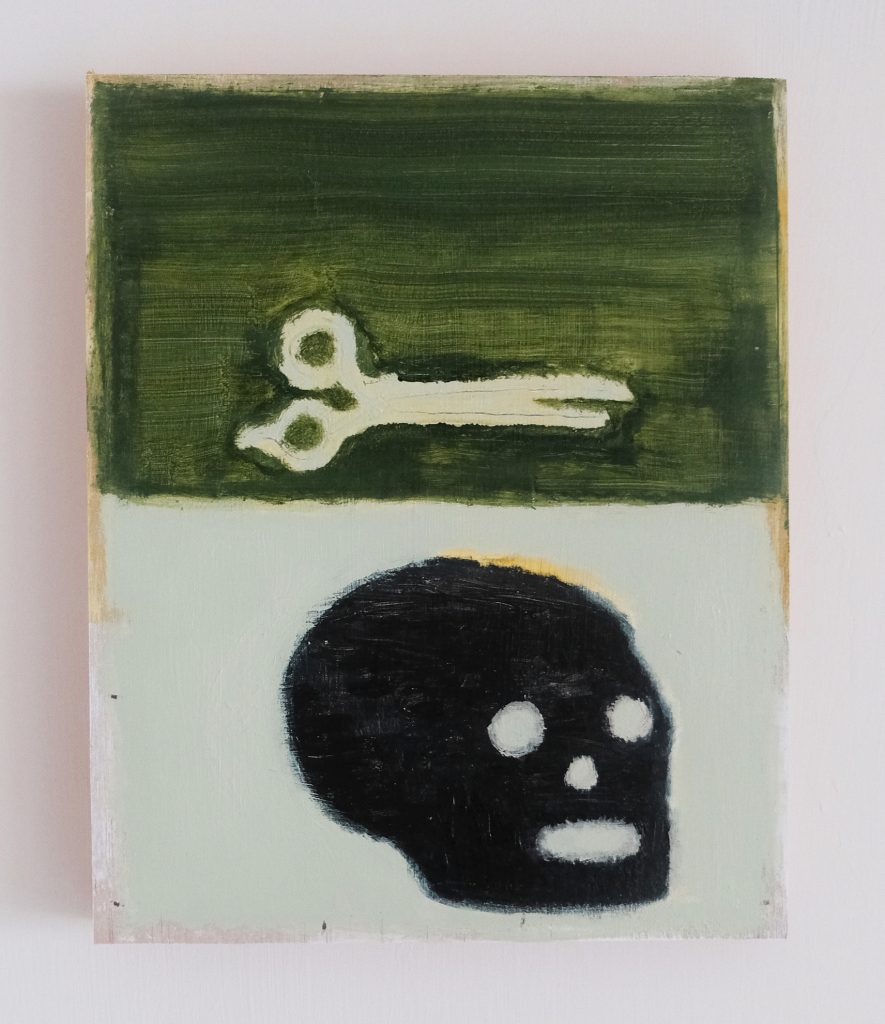
郭秉恩 Pingen Kuo_高登測試 2 Golden Test 2_畫板、壓克力 acrylic on wood board_22x28cm_2025
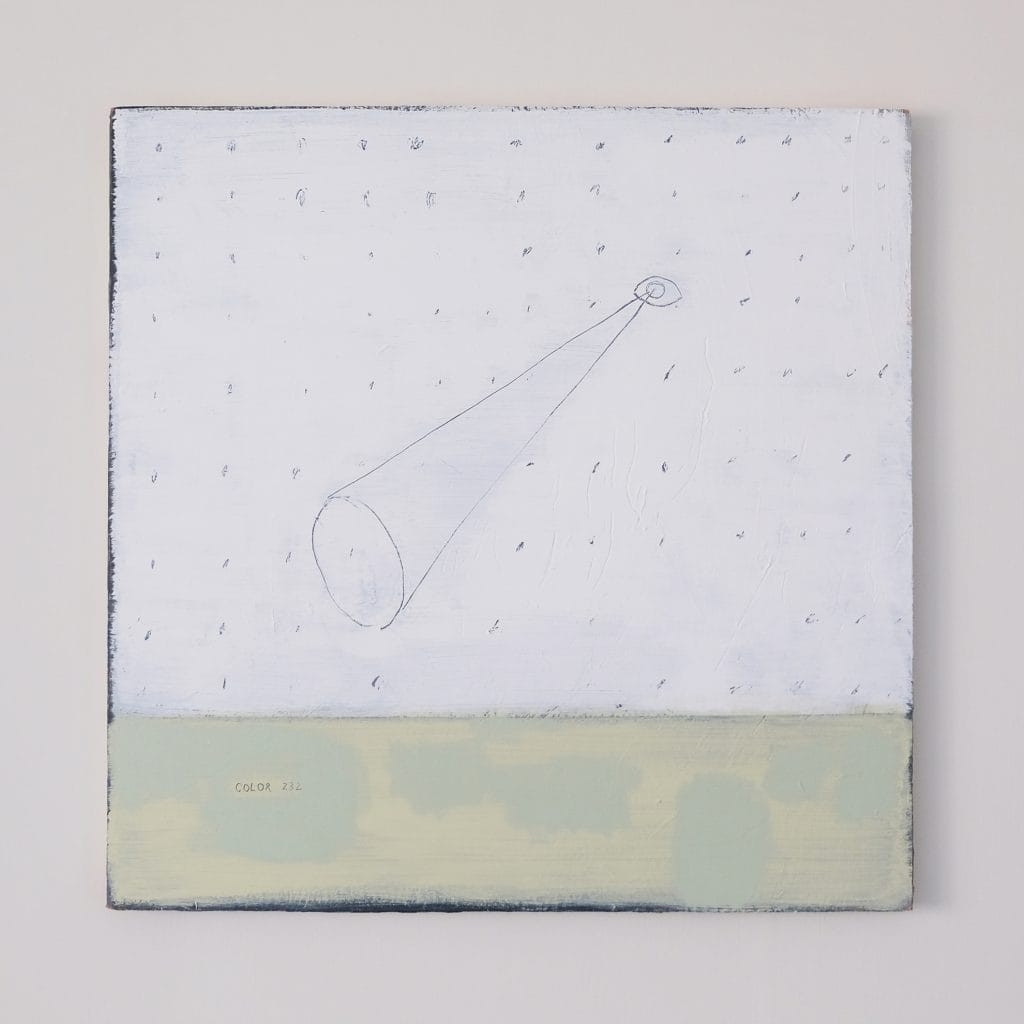
郭秉恩 Pingen Kuo_目光 Gaze_畫板、壓克力 acrylic on wood board_70x70cm_2025
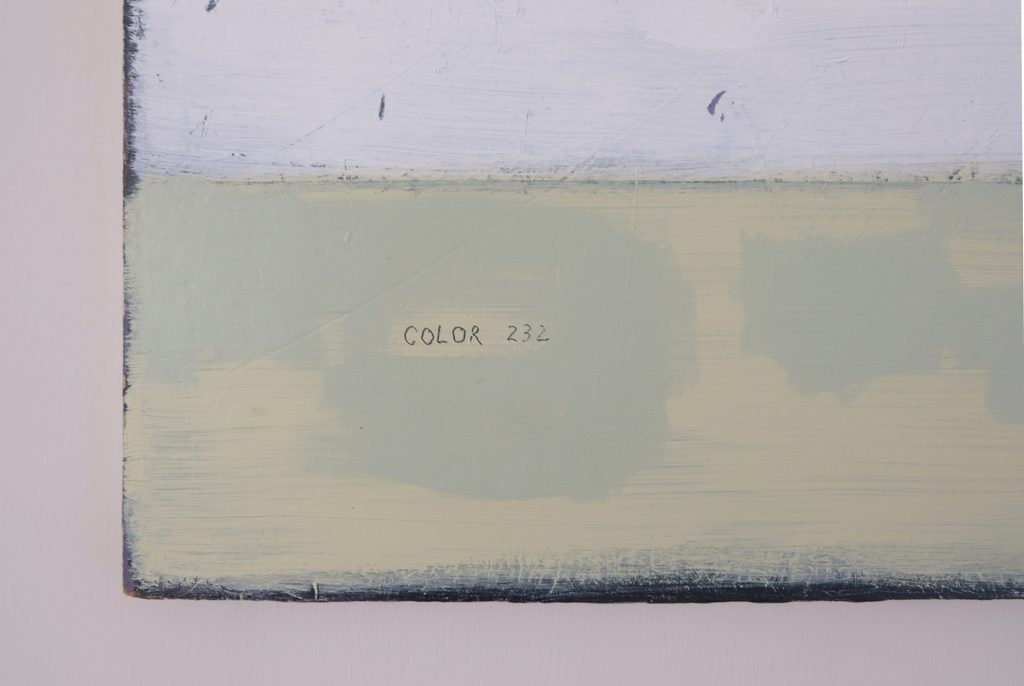
郭秉恩 Pingen Kuo_目光 Gaze_局部
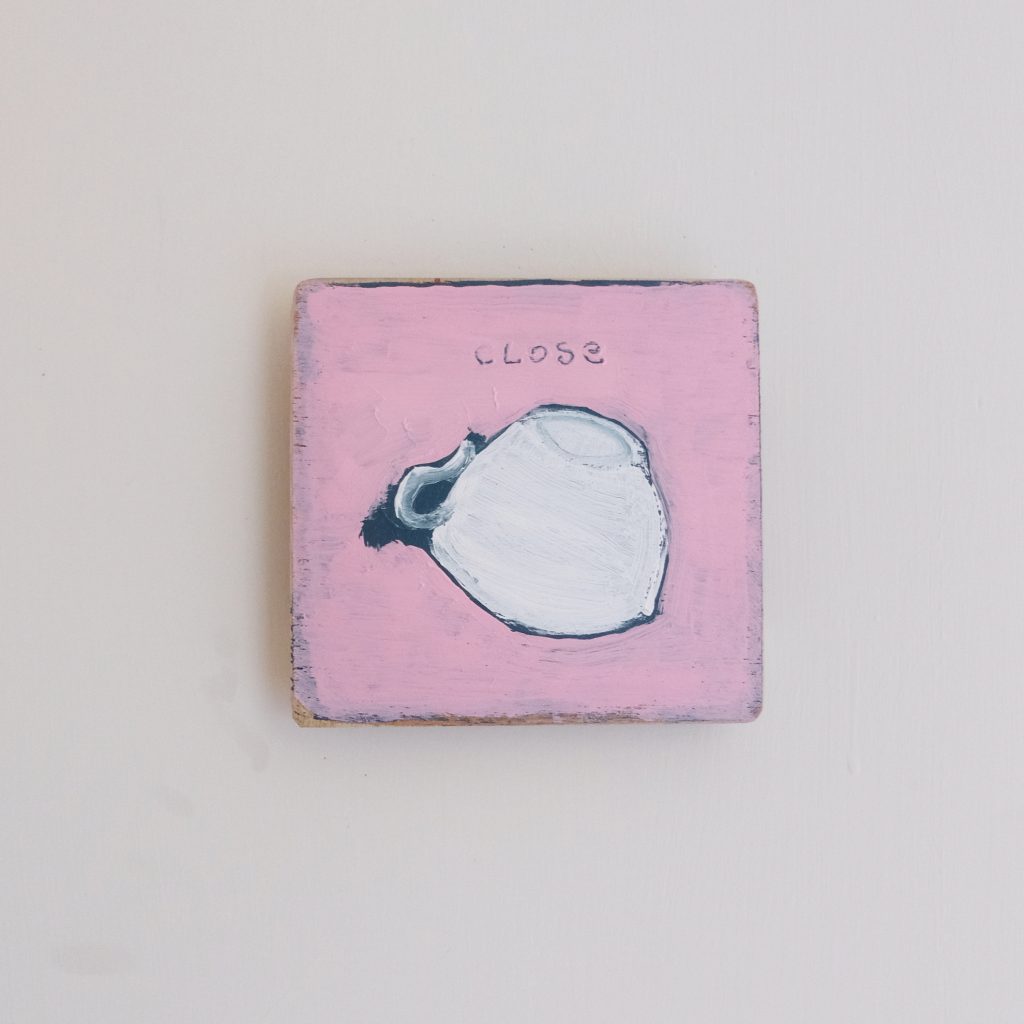
郭秉恩 Pingen Kuo_今日公休 Tiny Close_木板、壓克力 acrylic on wood board_12x12cm_2025
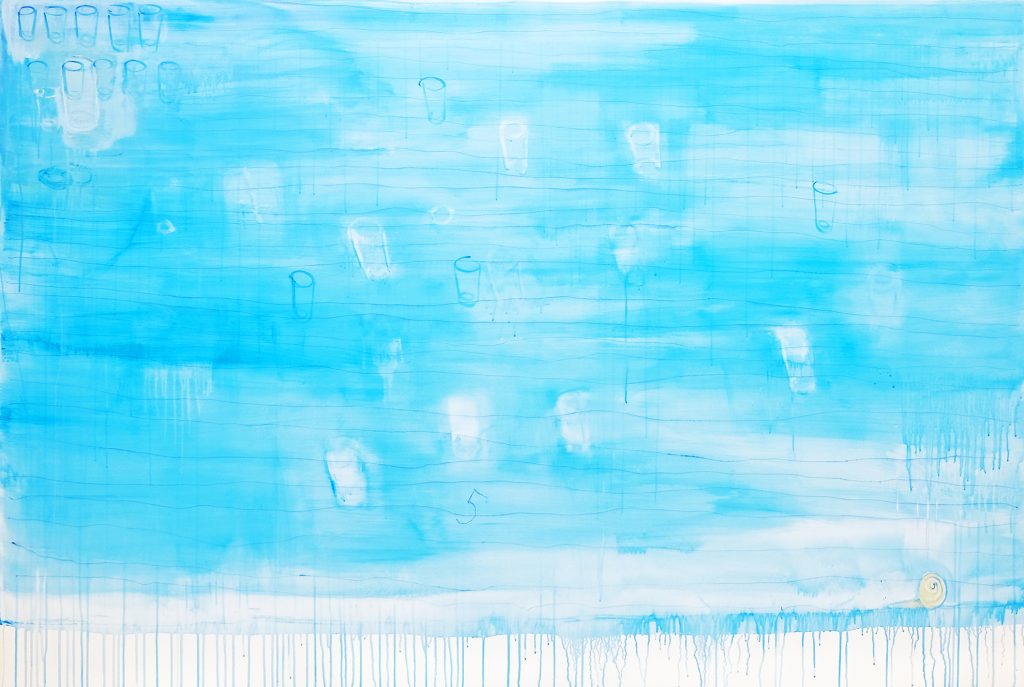
郭秉恩 Pingen Kuo_三十個玻璃杯與 一隻蝸牛 30 Glasses and 1 Snail_畫布、壓克力、原子筆 acrylic on canvas, Ballpoint Pen_194x130cm_2025
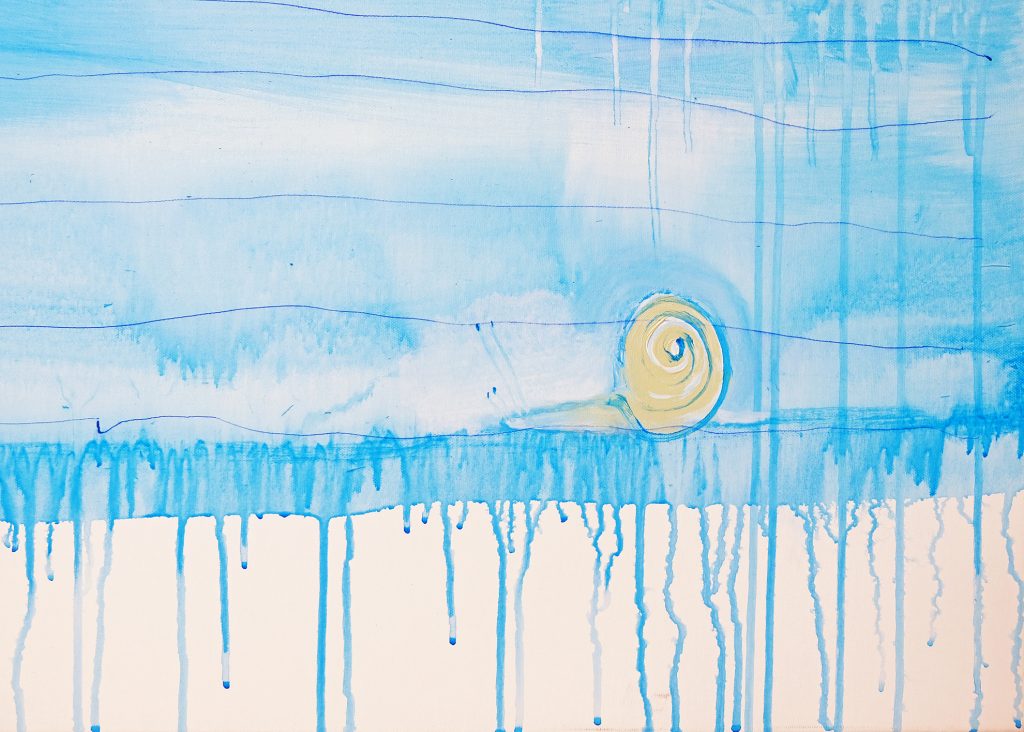
郭秉恩 Pingen Kuo_三十個玻璃杯與 一隻蝸牛 30 Glasses and 1 Snail_局部
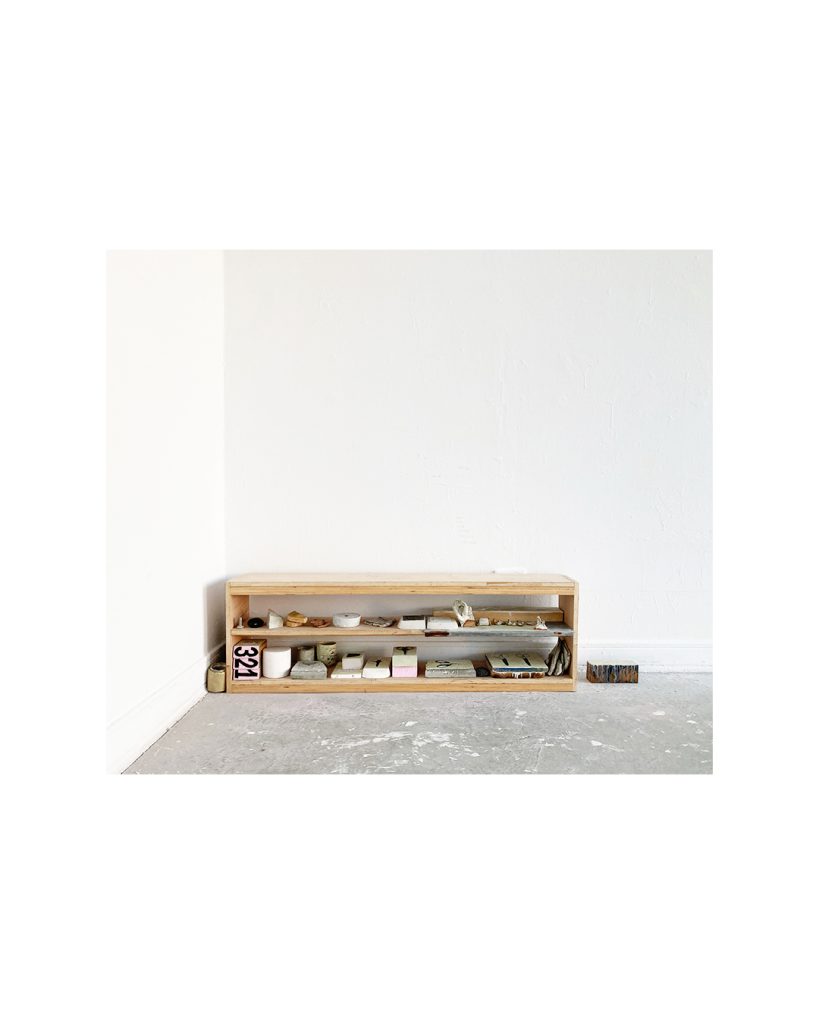
郭秉恩 Pingen Kuo_一些東西 Things_書寫工具、壓克力彩、現 成物、石膏與木料_Writing Tools, Acrylic, Found Objects, Plaster, and Wood_124x39x23cm_2023

郭秉恩 Pingen Kuo_藍點點 Blue Dots_木板、壓克力 acrylic on wood board_13x11cm_2025
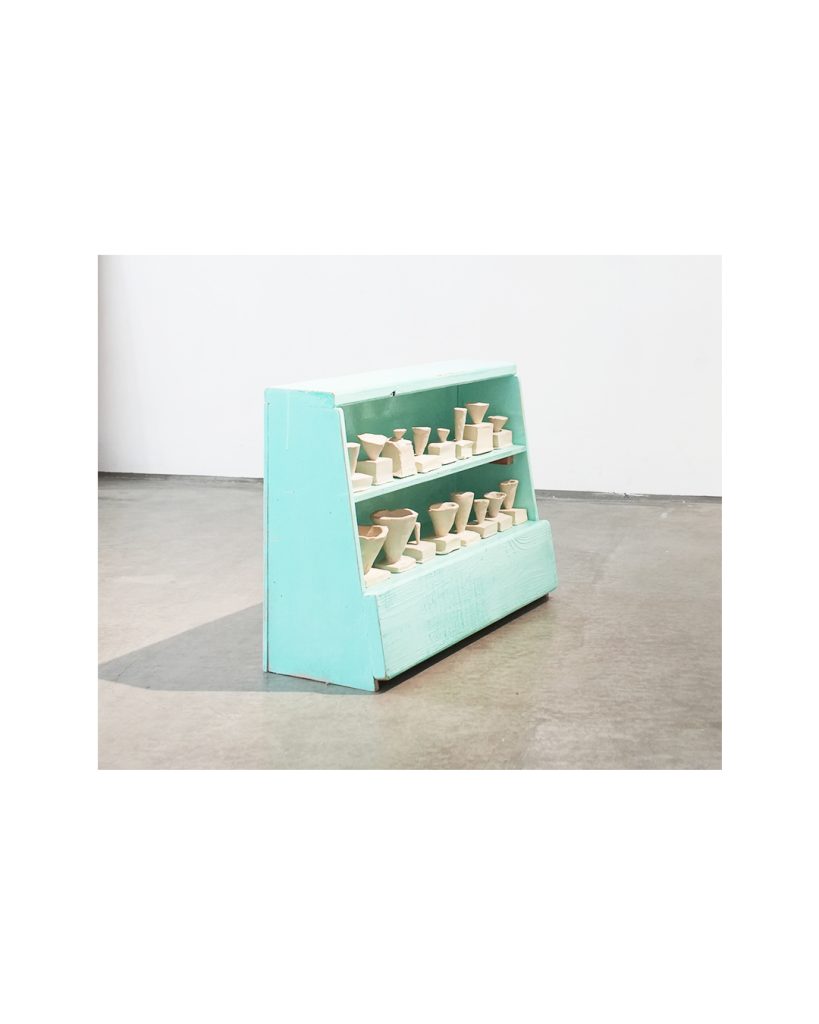
郭秉恩 Pingen Kuo_綿延的模型 Model of the Durée_木頭、油漆與白陶 Wood, Paint, and White Ceramic_60x25x47.5cm_2024
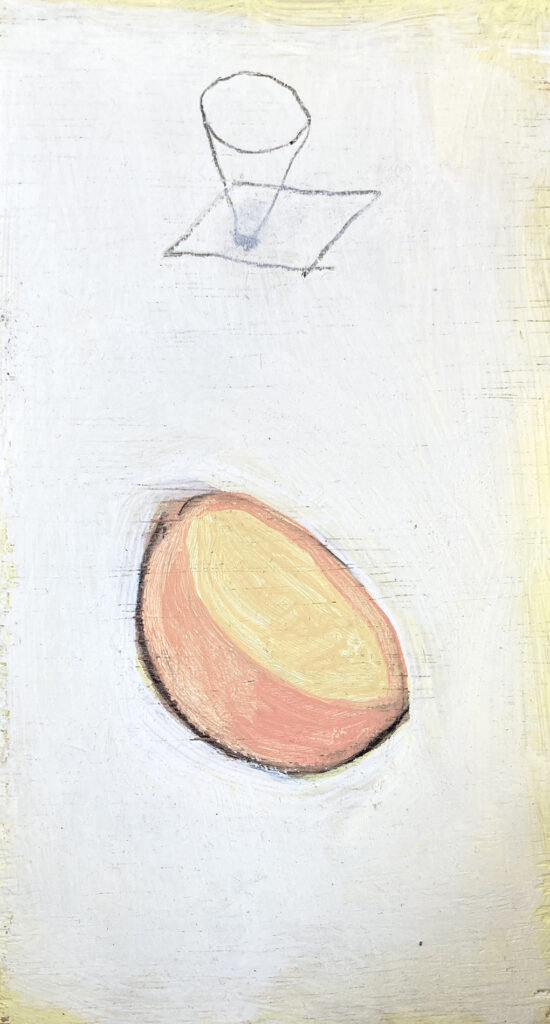
郭秉恩_時間與柳丁_壓克力、木板_12x22cm_2024

郭秉恩_腳踏車3 _壓克力、畫布_135x155cm _2023

郭秉恩_金髮_壓克力、畫布_120x90cm_2024
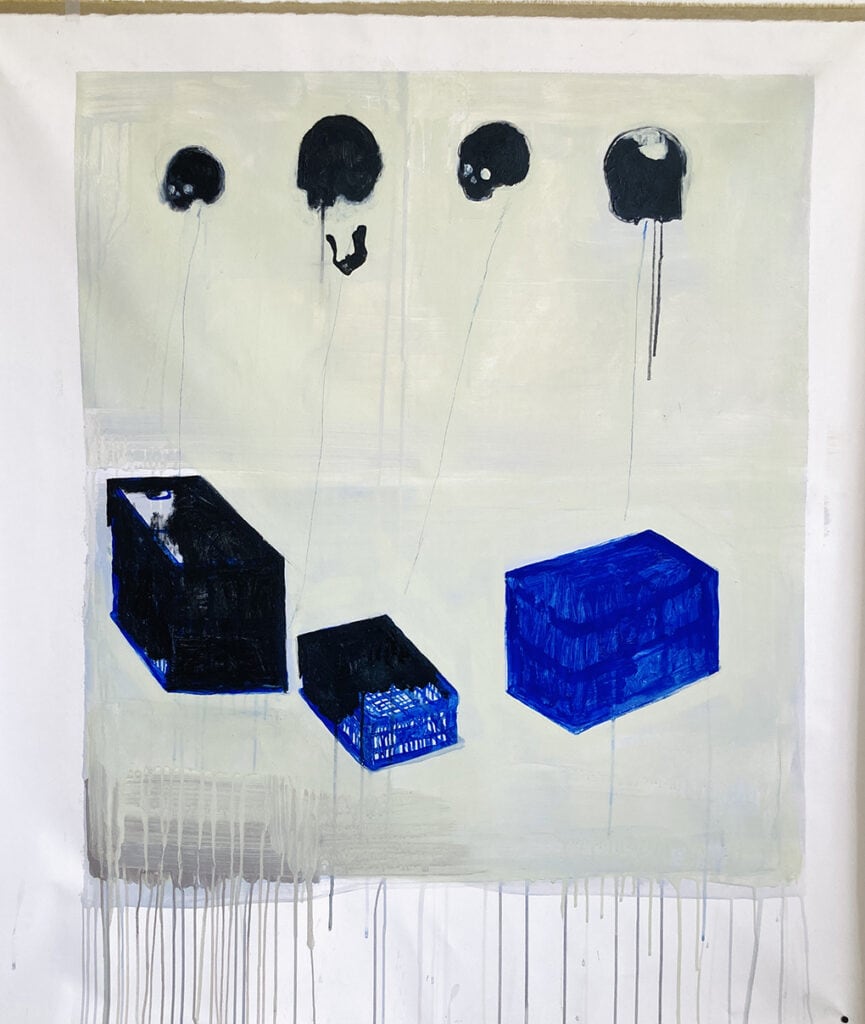
郭秉恩_考古_壓克力、畫布_125x138cm _2023
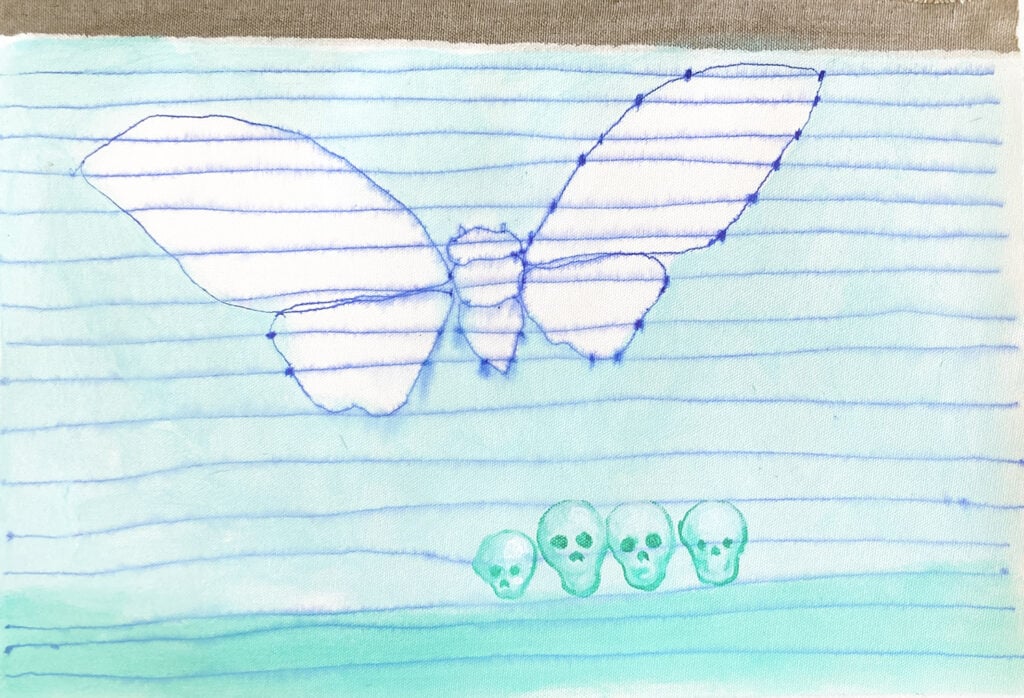
郭秉恩_考古_書寫工具、壓克力、畫布_28x37cm _2023

郭秉恩_一_木塊、壓克力_11x14x5cm_2024
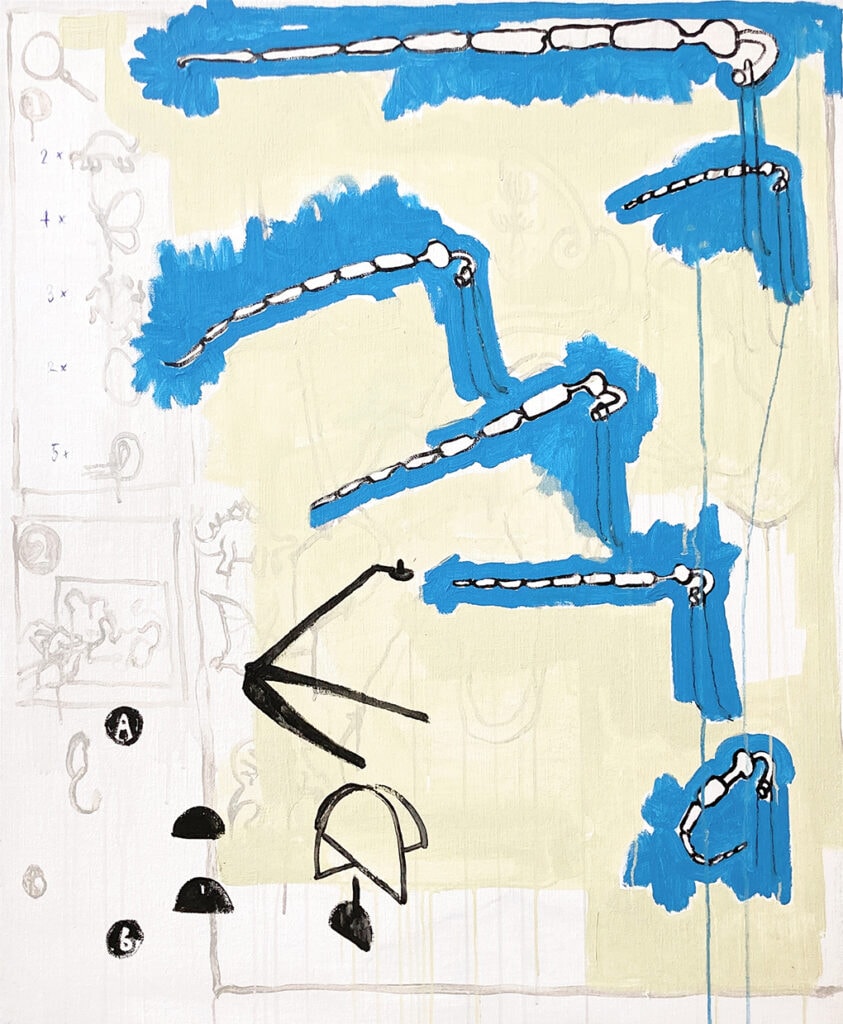
郭秉恩_遊戲地圖_壓克力、畫布_90x107cm _2024
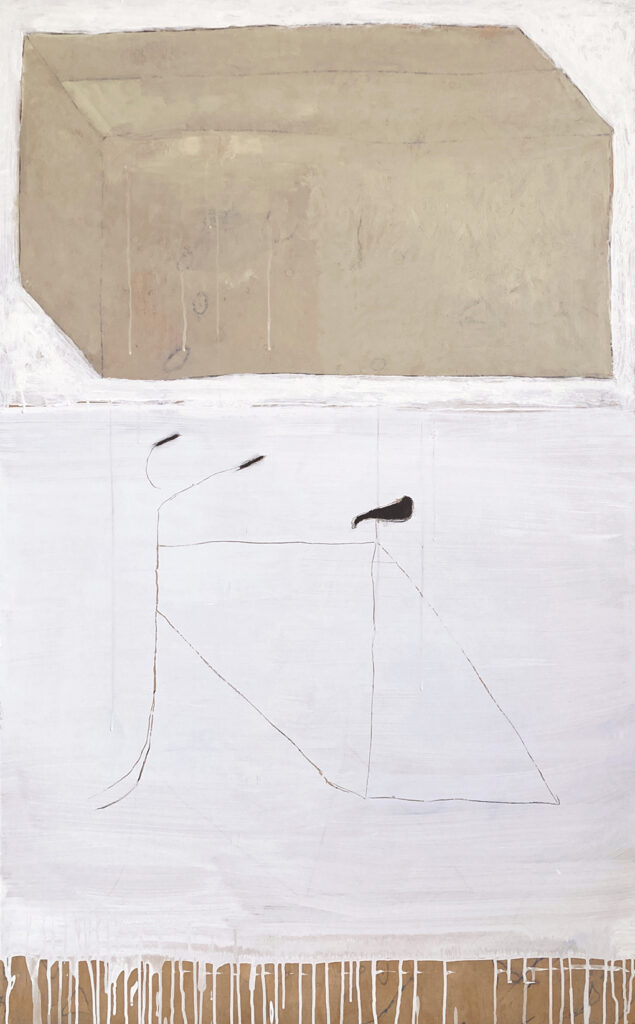
郭秉恩_紙箱與腳踏車架_壓克力彩、書寫工具、木板_80x130 cm_2023
